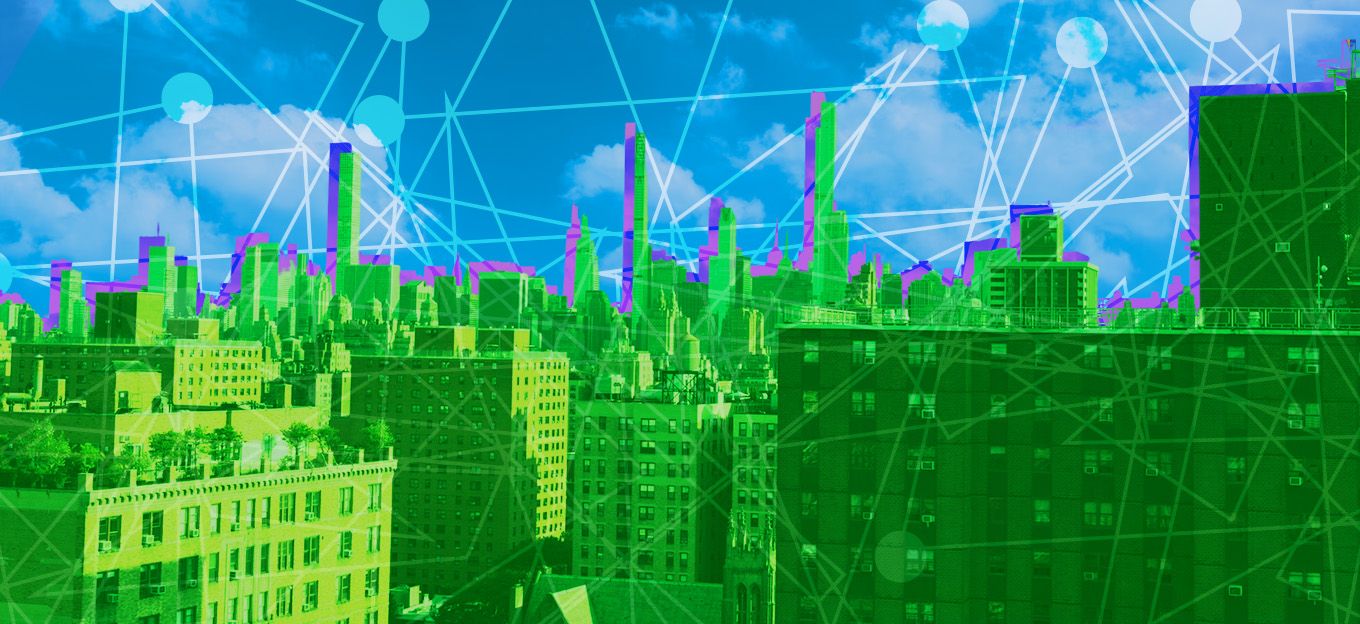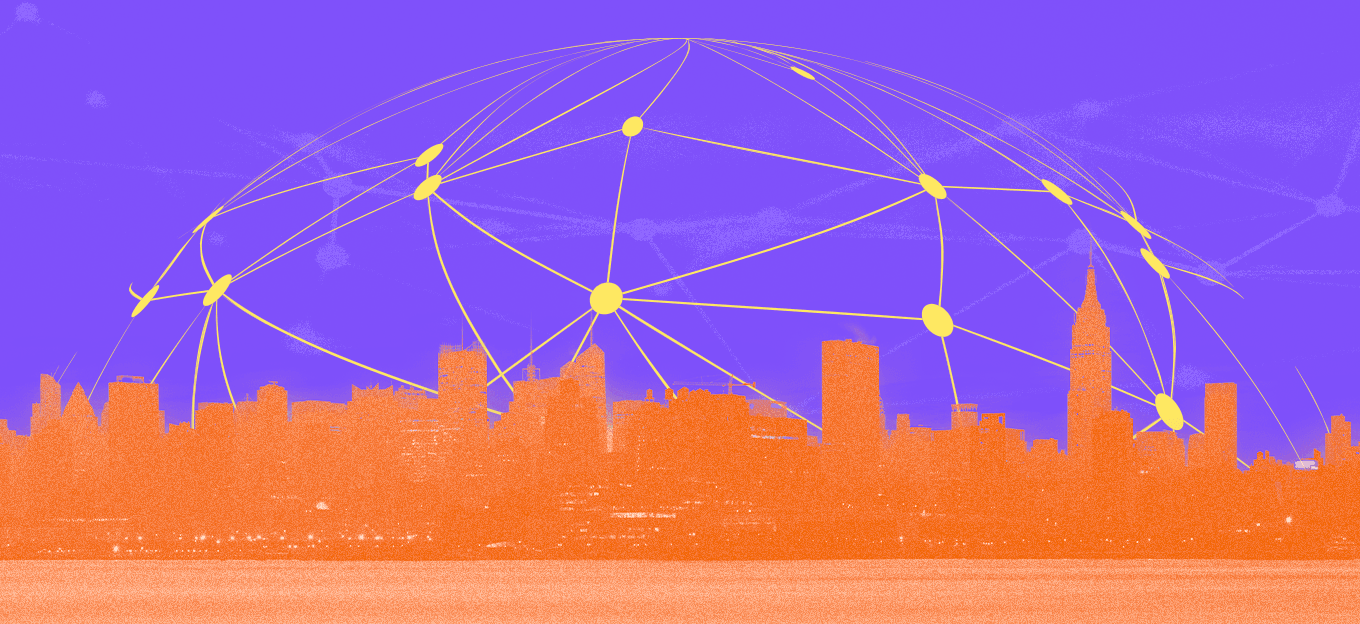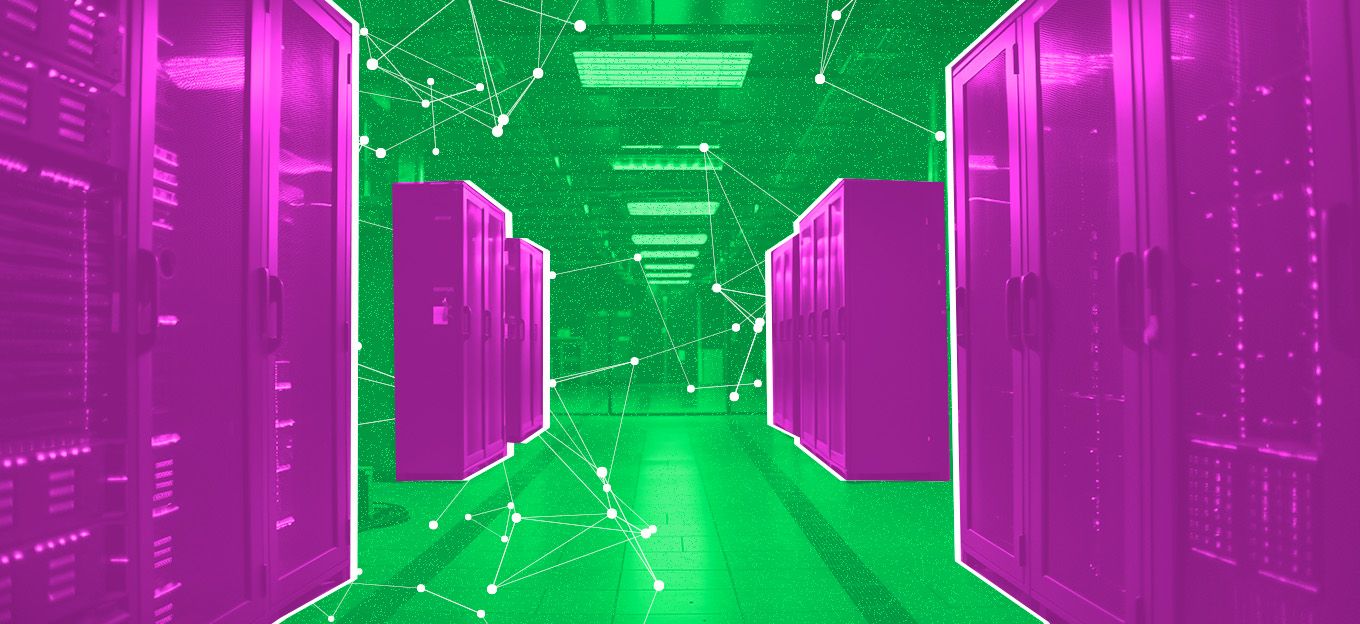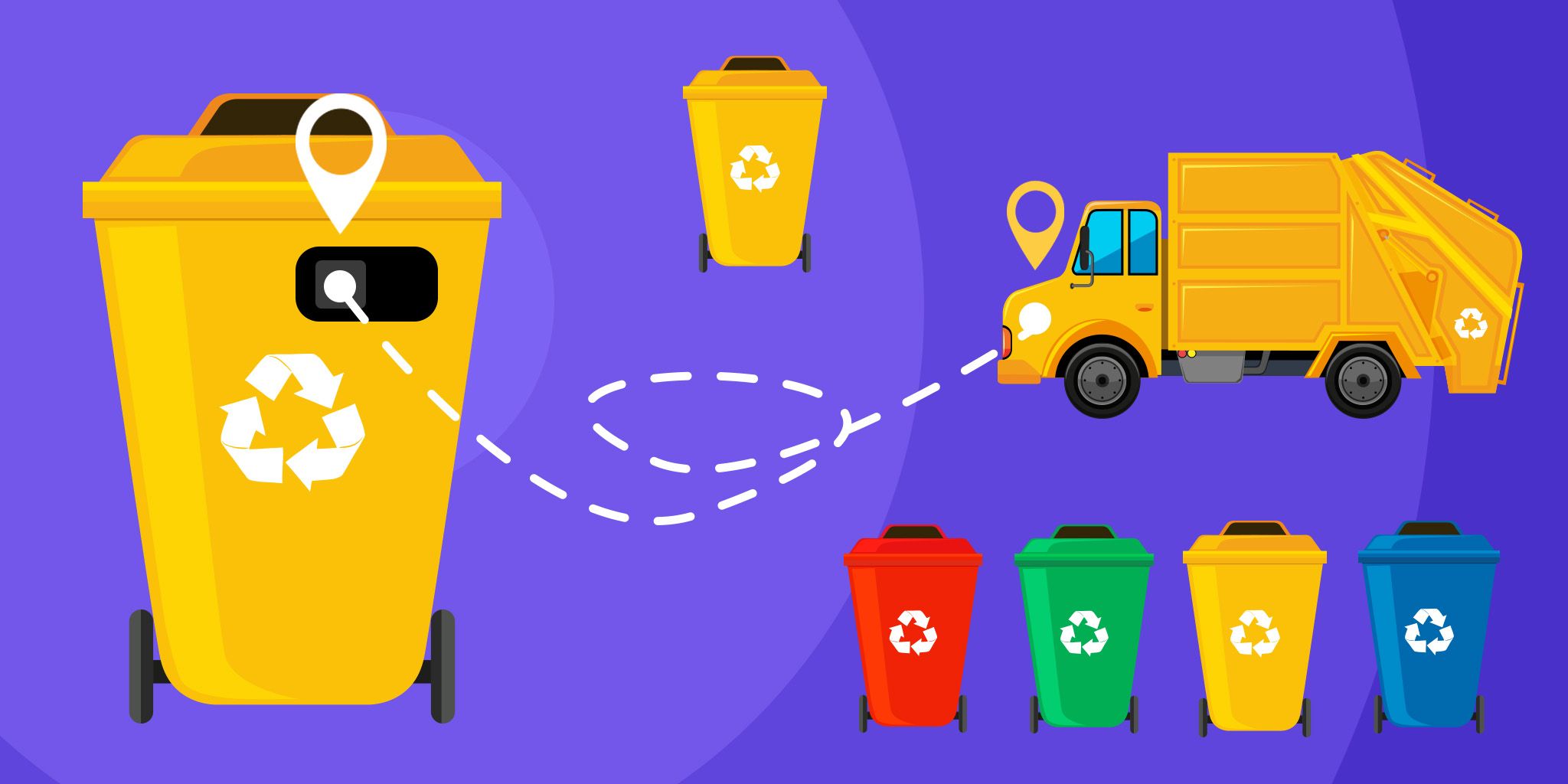Why Digital Twins Are Essential for Smart City Development
Why Digital Twins Are Essential for Smart City Development
- Last Updated: December 2, 2024
Zac Amos
- Last Updated: December 2, 2024



Digital twins are at the forefront of innovation, fundamentally reshaping how people interact with and manage urban environments. As smart cities emerge, blending technology with urban planning, this technology stands out as pivotal.
Here are insights into how they enhance urban living, streamline city management, and pave the way for future advancements. Their integration marks a significant leap towards more efficient, sustainable, responsive urban ecosystems.
What Are Digital Twins?
Digital twins are virtual clones of physical objects or systems created using digital technology. They are dynamic models that mirror real-world entities in real time. The program’s global market size reached $8.60 billion in 2022 and experts believe it can increase to $137.67 billion in the next decade.
But how does this technology work? Consider a bridge in a city. Its digital twin would be a computer-generated model replicating every aspect of the bridge, from its physical structure to its current usage status.
Sensors on the actual bridge gather data on various parameters like structural integrity, temperature, and traffic flow. The program then transmits to the digital twin, allowing it to update constantly and accurately reflect the bridge’s current state.
The relationship between digital twins and the Internet of Things (IoT) is integral. IoT involves connecting physical objects to the internet via sensors, which collect data from these objects.
Such data provides real-time information to keep the digital model in sync with its physical counterpart. Combining digital twins with IoT allows users to make more effective and informed decisions, particularly in complex environments like smart cities.
The Evolution of Smart Cities
A smart city uses technology to improve the quality of life for its residents, enhance sustainability, and streamline urban services. It integrates information and communication technology and various physical devices connected to the IoT network to optimize city functions and drive economic growth.
The concept of smart cities began emerging in the 1990s, where stakeholders actively participate in urban management. Since then, it evolved into creating digital infrastructure — like high-speed internet connections — essential for modern urban living.
Over time, as technology advanced, the focus shifted to integrating various systems — such as transport, energy, water supply, waste management, and public safety — into a cohesive, interconnected framework.
The widespread adoption of IoT has allowed for the seamless collection and analysis of data from various sensors and devices spread across the city. This data improves efficiency, reduces costs, and enhances citizens’ quality of life.
Technologies — like AI, mixed reality, cloud computing, and big data analytics — have further transformed how these programs manage cities and how they evolve, enabling more thoughtful decision-making, predictive maintenance of urban infrastructure, and improved public services.
Benefits of Using Digital Twins in Smart Cities
Digital twin planners can simulate and analyze various scenarios using these models, like how a new building would impact traffic flow or shadowing nearby structures. This ability to test and modify plans virtually before any physical changes leads to more efficient and effective urban development.
Moreover, this technology enables real-time monitoring and control of city resources such as water, energy, and waste systems. By analyzing data from these systems, cities can optimize usage, predict maintenance needs, and reduce waste, leading to more sustainable and cost-effective operations.
For public services and safety, digital twins can simulate emergencies and help cities plan and prepare better response strategies. They can also enhance traffic management, as digital twins allow real-time traffic monitoring and the optimization of signal timings, reducing congestion and improving road safety.
Further, digital twins reduce the risk of unexpected complications in urban projects. Providing a comprehensive and up-to-date project view helps identify potential issues early on, allowing for proactive measures. This foresight minimizes delays, cost overruns, and disruptions, ensuring smoother project execution and more reliable urban development.
Integration Challenges and Technological Advances
The sheer complexity and scale of urban environments make it difficult to create comprehensive and accurate digital models. Often decades old, existing infrastructure may need more connectivity and sensor networks for effective data collection. In addition, there is also the issue of standardizing data formats across different systems and ensuring interoperability between new digital solutions and legacy systems.
However, recent technological advancements are facilitating this integration. Advances in cloud computing and big data analytics also provide the computational power and storage capacity to handle vast amounts of data from a city. Meanwhile, AI and machine learning algorithms process this data more effectively, enabling predictive analytics and more nuanced urban models.
As people look towards the next 30 years, when nearly 70% of the world’s population may live in cities, the role of digital twins becomes even more critical. They offer a pathway to managing this urban influx sustainably and efficiently, ensuring cities remain livable and resilient in the face of rapid population growth and environmental challenges.
The Future of Smart Cities with Digital Twins
As urban populations grow and the need for efficient development becomes paramount, digital twins will be indispensable to shaping smart cities. This innovation offers a sophisticated tool for city planners and administrators to understand, analyze, and improve sprawling urban landscapes.
Digital twins will become a cornerstone of urban planning and management, vital for smart cities' sustainable development. They aid in creating more efficient and livable urban spaces and ensure these areas can meet future challenges head-on.
The Most Comprehensive IoT Newsletter for Enterprises
Showcasing the highest-quality content, resources, news, and insights from the world of the Internet of Things. Subscribe to remain informed and up-to-date.
New Podcast Episode

Moving Past the Pilot Phase in IoT and AI
Related Articles





